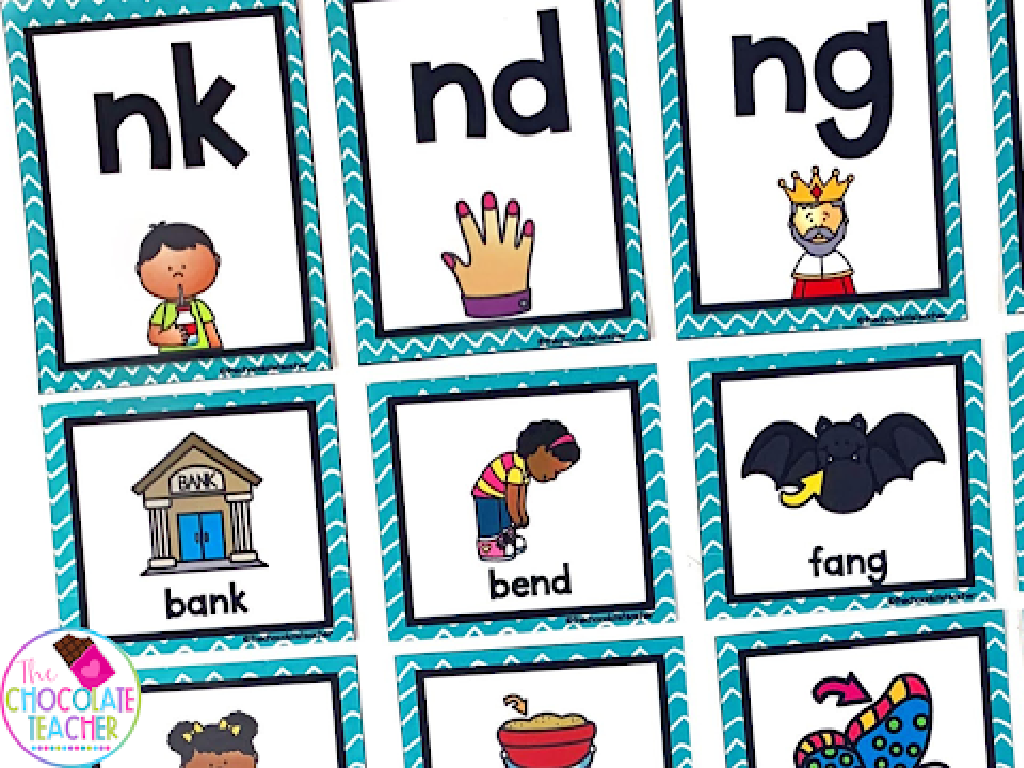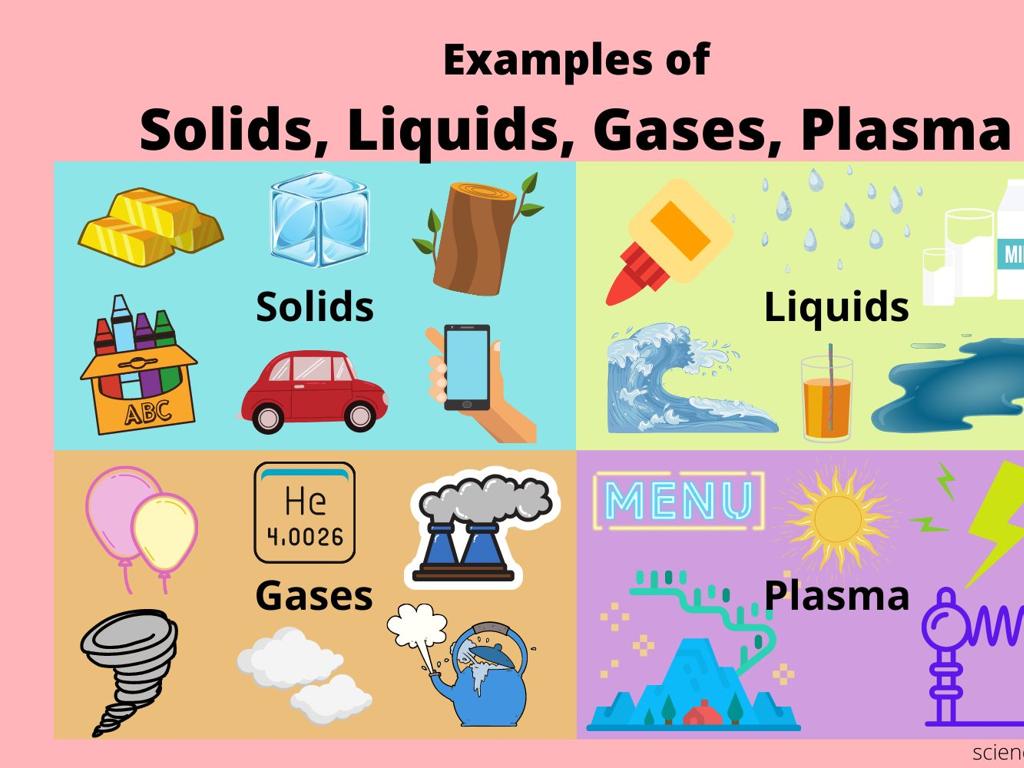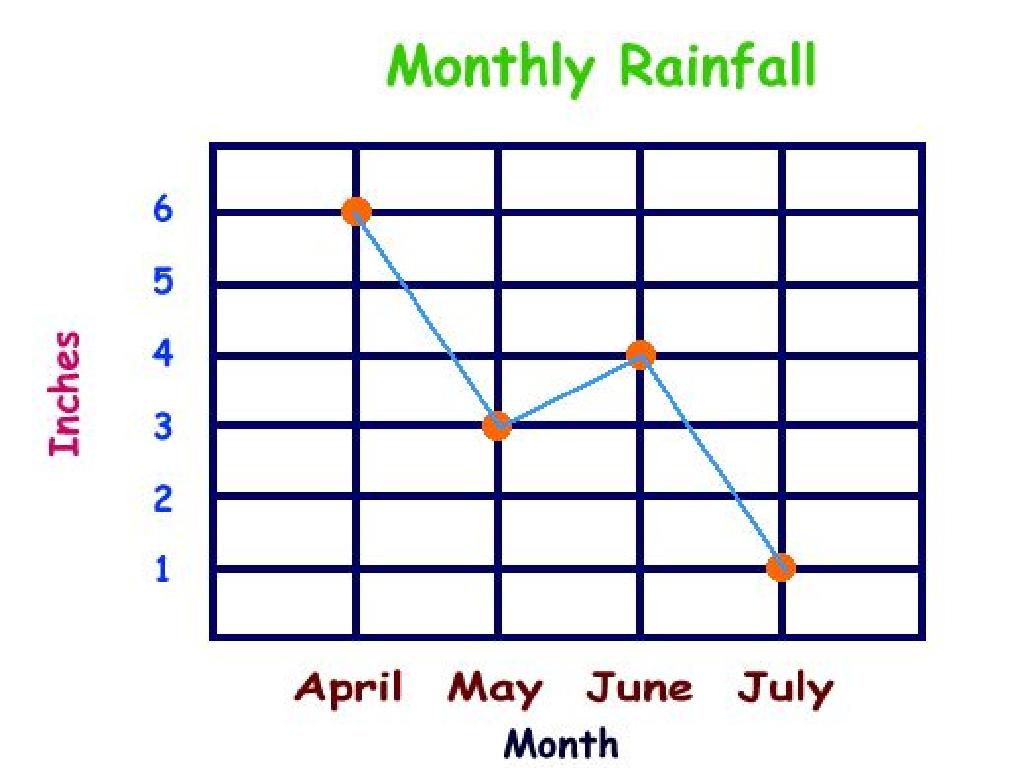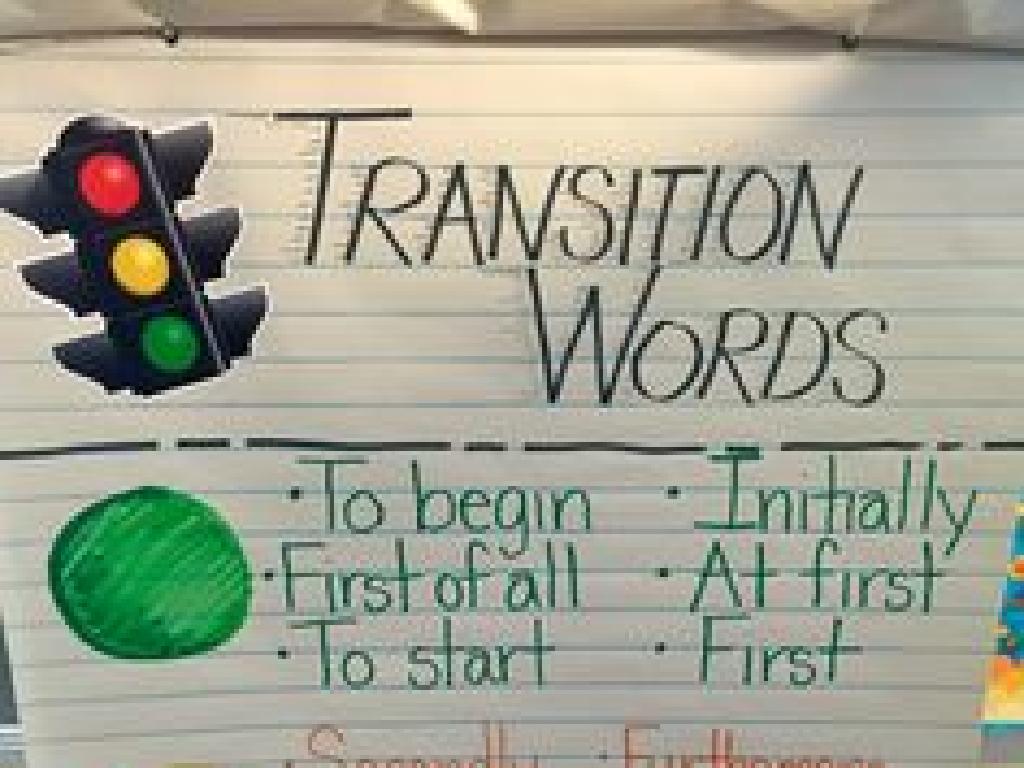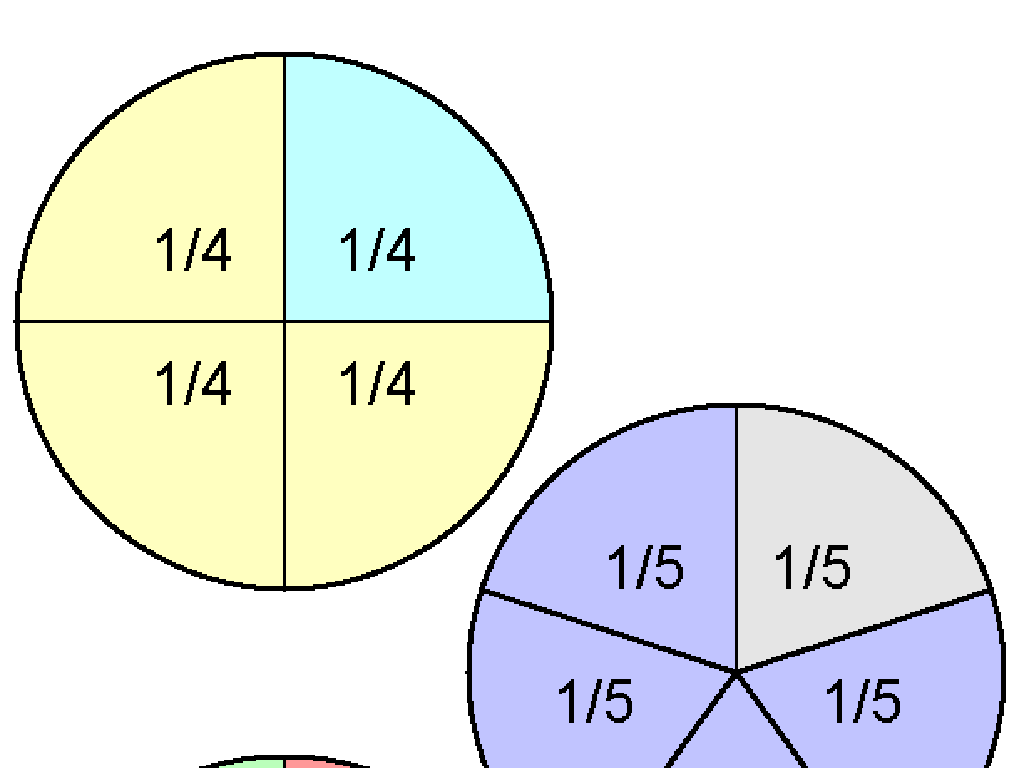Classify Quadrilaterals
Subject: Math
Grade: Fourth grade
Topic: Quadrilaterals
Please LOG IN to download the presentation. Access is available to registered users only.
View More Content
Welcome to Quadrilaterals!
– Understanding quadrilaterals
– A shape with four sides and four angles.
– Characteristics of quadrilaterals
– Each shape has two pairs of parallel sides.
– Quadrilateral examples in life
– Desks, picture frames, and books.
– Classifying different quadrilaterals
– Squares, rectangles, rhombuses, and trapezoids.
|
Today’s lesson introduces students to the concept of quadrilaterals. Begin by explaining that a quadrilateral is a type of polygon with four sides and four angles. Highlight the key characteristics that all quadrilaterals share, such as having four vertices (corners). Ask students to look around the classroom and at home for objects that resemble quadrilaterals to help them relate the concept to real life. Then, discuss the different types of quadrilaterals, such as squares, rectangles, rhombuses, and trapezoids, and how they can be classified based on their sides and angles. Encourage students to draw examples of each type and to think of other objects that fit into these categories. This will prepare them for more in-depth activities involving quadrilateral classification.
Defining Quadrilaterals
– A quadrilateral has four sides
– Think of it like a four-cornered shape
– Quadrilaterals have two diagonals
– Diagonals are lines inside the shape
– Angle sum equals 360 degrees
– Add all corners’ angles to get 360
– Different types of quadrilaterals
– Squares, rectangles, and others
|
This slide introduces students to the basic properties of quadrilaterals. Emphasize that a quadrilateral, by definition, has four straight sides and four angles. Highlight the presence of two diagonals in every quadrilateral, which are straight lines connecting opposite corners. Explain that no matter what type of quadrilateral it is, the sum of its angles will always add up to 360 degrees. Use this opportunity to introduce the different types of quadrilaterals such as squares, rectangles, trapezoids, and rhombuses, and discuss their unique properties in subsequent slides. Encourage students to draw their own quadrilaterals and practice identifying these properties.
Exploring Types of Quadrilaterals
– Quadrilaterals and their types
– A quadrilateral has 4 sides. Types include squares, rectangles, trapezoids, rhombuses, and parallelograms.
– Squares and rectangles
– Squares have 4 equal sides and 4 right angles. Rectangles have opposite sides equal and 4 right angles.
– Trapezoids and rhombuses
– Trapezoids have 1 pair of parallel sides. Rhombuses have 4 equal sides but no right angles.
– Parallelograms and properties
– Parallelograms have opposite sides parallel and equal. They have opposite angles equal too.
|
This slide introduces students to the different types of quadrilaterals, which are four-sided polygons. Emphasize that while all these shapes have four sides, each type has unique properties that set them apart. Squares and rectangles both have four right angles, but squares have all sides equal, while rectangles only have opposite sides equal. Trapezoids are identified by having only one pair of parallel sides, unlike parallelograms, which have two pairs of parallel sides. Rhombuses are often confused with squares, but they do not have to have right angles. Encourage students to draw each type and label their properties to reinforce learning. Discuss real-life examples of each shape, such as windows (rectangles) and kites (rhombuses).
Squares and Rectangles
– Squares: 4 equal sides, 4 right angles
– Example: A chessboard has 8 squares by 8 squares
– Rectangles: Opposite sides equal, 4 right angles
– Example: Your classroom door is likely a rectangle
– Both are parallelograms
– Understanding squares and rectangles
– Recognize these shapes in everyday objects
|
This slide introduces students to the specific characteristics of squares and rectangles, which are foundational shapes in geometry. Emphasize that all sides of a square are equal and that it has four right angles, making it a special type of rectangle. For rectangles, highlight that opposite sides are equal and it also has four right angles. Clarify that both of these shapes are parallelograms because they have two pairs of parallel sides. Use tangible examples like a chessboard for squares and a classroom door for rectangles to help students identify these shapes in the real world. Encourage students to look for squares and rectangles in their surroundings and bring examples to the next class.
Rhombuses and Parallelograms
– Rhombuses: 4 equal sides
– A rhombus looks like a diamond; all sides have the same length.
– Parallelograms: parallel sides
– Think of a parallelogram as a leaning rectangle with opposite sides equal and parallel.
– Not all have right angles
– Sides equal in length
|
This slide introduces students to the characteristics of rhombuses and parallelograms, which are both types of quadrilaterals. Emphasize that while all sides of a rhombus are equal, it does not necessarily have right angles, distinguishing it from a square. For parallelograms, highlight that opposite sides are not only equal in length but also parallel to each other, which can be likened to a rectangle that’s been pushed over to one side. Use visual aids like drawings or shapes to help students visualize these properties. Encourage students to draw their own rhombuses and parallelograms and to identify these shapes in real-life objects around the classroom or at home.
Exploring Trapezoids
– Trapezoids: one pair of parallel sides
– Bases: the parallel sides
– The longer parallel side is often the ‘base’
– Legs: the non-parallel sides
– Legs connect the bases at different angles
– Properties and examples
– Discuss area calculation and real-life examples like bridges
|
This slide introduces students to trapezoids, a specific type of quadrilateral. Emphasize that unlike other quadrilaterals, trapezoids are unique for having only one pair of parallel sides. Clarify the terminology by explaining that the parallel sides are referred to as ‘bases’ and the non-parallel sides as ‘legs.’ Use diagrams to illustrate the shape and provide examples of trapezoids that students might encounter in real life, such as certain table tops or bridge structures. Discuss how the properties of trapezoids make them suitable for various uses and how to calculate their area. Encourage students to bring in pictures or examples of trapezoids they find in their environment for the next class.
Classifying Quadrilaterals
– Examine sides and angles
– Look for equal length sides and right angles
– Identify parallel sides
– Check if opposite sides are parallel
– Use a flowchart for classification
– A step-by-step guide to determine the type
– Examples: squares, rectangles
– Squares have 4 equal sides, rectangles have opposite equal sides
|
When classifying quadrilaterals, it’s important for students to observe the properties of sides, angles, and parallelism. A flowchart is an excellent visual tool that guides students through the process of classification. Start with identifying the number of equal sides and whether the quadrilateral has right angles. Then, determine if there are any sets of parallel sides. Using these criteria, students can classify common quadrilaterals such as squares, rectangles, rhombuses, and trapezoids. Provide examples of each and encourage students to draw their own flowchart as part of the learning process. This will help them visualize and remember the steps to classify quadrilaterals effectively.
Exploring Quadrilaterals Around Us
– Quadrilaterals in daily life
– Look around to find four-sided shapes
– Computer screen’s shape
– Is your computer screen a rectangle or a square?
– Desk shape classification
– What quadrilateral shape is your desk? Why?
– Understanding quadrilaterals
|
This slide aims to help students recognize and classify quadrilaterals in their environment. Start by explaining that quadrilaterals are four-sided shapes. Encourage students to look around the classroom or at home for objects that have the shape of quadrilaterals. Discuss how a computer screen is typically a rectangle due to its length and width, while some may be squares if all sides are equal. Similarly, desks can be rectangles or other types of quadrilaterals depending on their design. This activity will help students apply their knowledge of quadrilaterals to real-world objects, reinforcing their understanding of the different types and properties of these shapes.
Class Activity: Quadrilateral Hunt
– Form small groups for the hunt
– Find classroom objects shaped like quadrilaterals
– Look for squares, rectangles, trapezoids, etc.
– Draw and label each quadrilateral
– Include the names and properties
– Get ready to present your findings
|
This interactive activity is designed to help students apply their knowledge of quadrilaterals by identifying them in real-world objects around the classroom. Divide the class into small groups and instruct them to search for items that resemble quadrilaterals such as books (rectangles), tiles (squares), or even the desktops (parallelograms). Each group should sketch the objects they find, accurately labeling them with the correct quadrilateral names and noting their properties (sides, angles, parallel lines). After the hunt, each group will present their findings, explaining how they identified each shape. This will reinforce their understanding and ability to classify quadrilaterals. Possible variations of the activity could include a timed challenge, a scavenger hunt list, or even extending the hunt to outside the classroom.
Quadrilateral Classification Recap
– Congrats on learning quadrilateral types!
– Recall: Sides, angles, and parallels matter
– A square has equal sides and angles; a rectangle has parallel opposite sides and equal angles.
– Practice makes perfect in geometry
– The more you work with shapes, the easier it becomes to identify them.
– Aim to become a quadrilateral expert
|
This slide serves as a positive reinforcement for the students’ efforts in learning how to classify quadrilaterals. It’s important to remind them of the key characteristics that define different quadrilaterals: the length of sides, the measure of angles, and the presence of parallel lines. Encourage them to continue practicing with different shapes, both in and out of the classroom, to solidify their understanding. Provide additional worksheets or online resources for them to practice. Remember to praise their progress and remind them that with consistent practice, they can become experts at identifying and classifying quadrilaterals.

